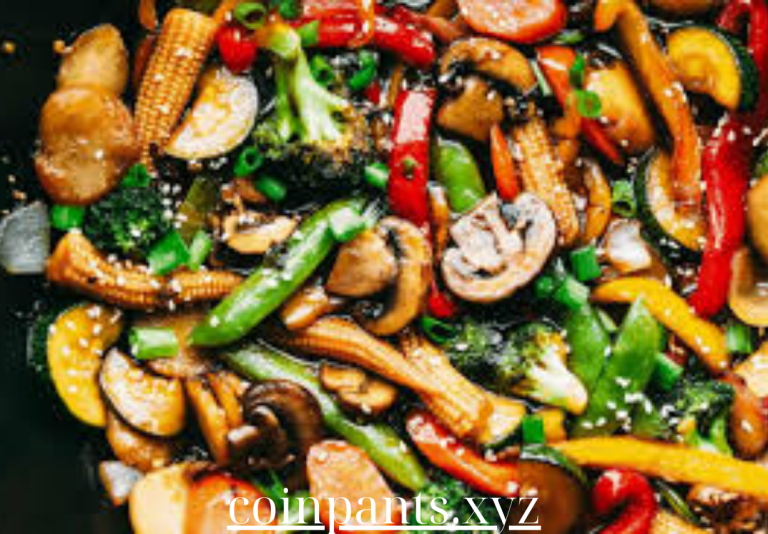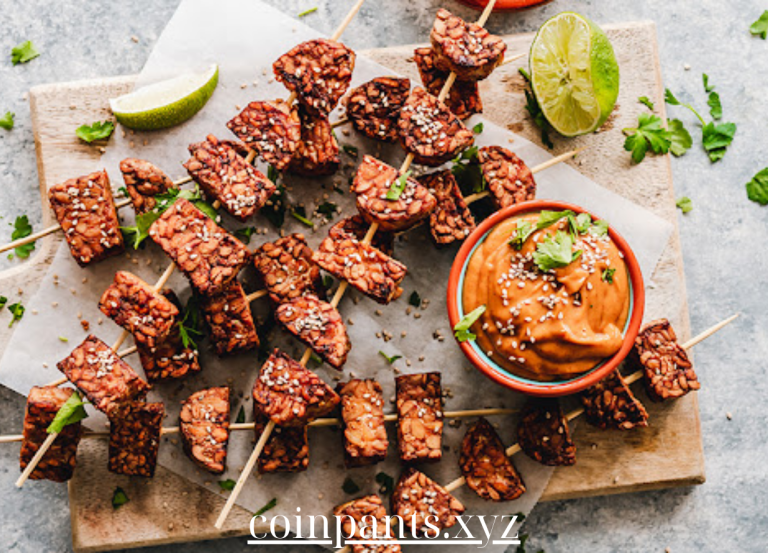
When it comes to creating delicious, gourmet-level plant-based dishes, understanding advanced vegetarian cooking methods is key. Elevating your culinary skills not only transforms simple vegetables and legumes into vibrant meals but also offers a wider range of textures and flavors. In this guide, we’ll explore the top advanced vegetarian cooking methods that will help you unlock the full potential of plant-based cuisine.
1. Sous Vide Cooking for Vegetables
Sous vide, a method where food is vacuum-sealed and slowly cooked in a water bath at precise temperatures, is one of the most precise advanced vegetarian cooking methods. This technique preserves the integrity and nutrients of vegetables while achieving perfect textures.
- Why it’s Advanced: Control over texture is crucial, and sous vide ensures tender, flavorful results without overcooking.
- Best Vegetables: Carrots, beets, asparagus, and sweet potatoes.
- Pro Tip: Season your vegetables before sealing to infuse flavors throughout the cooking process.
2. Fermentation for Rich Flavors
Fermentation is an ancient technique that boosts the flavor profile of vegetables while enhancing their nutritional benefits. Fermenting is one of the most enriching advanced vegetarian cooking methods, offering probiotic benefits alongside the intense flavors.
- Best Ingredients: Cabbage (for sauerkraut or kimchi), cucumbers (for pickles), and carrots.
- Pro Tip: Experiment with spices like cumin or chili to create unique, tangy results.
3. Smoking Vegetables and Tofu
Smoking, typically used for meats, is one of the most creative advanced vegetarian cooking methods for adding depth to plant-based dishes. The technique imparts a smoky flavor, transforming the simplest vegetables into gourmet items.
- Best Ingredients: Eggplant, tofu, mushrooms, and bell peppers.
- Pro Tip: Pair smoked vegetables with fresh, crisp salads or grain bowls to balance the bold flavor.
4. Mastering Advanced Grilling Techniques
Grilling vegetables is a common method, but utilizing more refined techniques like controlling direct and indirect heat can turn it into one of the most effective advanced vegetarian cooking methods. The key is knowing how to char the exterior while keeping the inside tender.
- Best Vegetables: Cauliflower steaks, portobello mushrooms, zucchini, and corn.
- Pro Tip: Always marinate your vegetables beforehand for deeper flavor.
5. Braising Vegetables for Intense Depth
Braising, a slow-cooking technique that involves cooking vegetables in a flavorful liquid, is an ideal advanced vegetarian cooking method to achieve rich, savory results. The vegetables absorb the flavor while maintaining their structure.
- Best Ingredients: Leeks, carrots, artichokes, and fennel.
- Pro Tip: Use wine or vegetable stock as the base to enhance the flavor complexity.
6. Tempering Spices for Enhanced Flavors
Tempering, a staple in Indian cuisine, is a technique that involves frying spices in hot oil to release their full potential. This is a crucial advanced vegetarian cooking method for infusing oils and dishes with bold, aromatic flavors.
- Best Spices: Cumin, mustard seeds, curry leaves, and coriander.
- Pro Tip: Use tempered spices as a finishing touch for lentil-based dishes, curries, or roasted vegetables.
7. Advanced Roasting Techniques
Roasting vegetables brings out their natural sweetness, but when combined with advanced techniques like layering flavors, it becomes one of the most flavorful advanced vegetarian cooking methods.
- Best Vegetables: Brussels sprouts, butternut squash, cauliflower, and root vegetables.
- Pro Tip: Halfway through roasting, add a glaze of balsamic vinegar or maple syrup to create a caramelized crust.
8. Working with Seitan and Tempeh
Seitan and tempeh are staple plant-based proteins in vegetarian diets. When prepared using advanced vegetarian cooking methods, these proteins can mimic the textures and richness of meat.
- Seitan: Grill or braise after marinating in a savory broth.
- Tempeh: Steam tempeh first to remove its bitterness, then stir-fry or grill it for a hearty meal.
- Pro Tip: Use bold marinades with citrus, soy sauce, and herbs to enhance the texture and flavor.
9. Dehydrating for Texture and Flavor
Dehydrating vegetables and fruits intensifies their natural sweetness, making them great for adding crunchy textures or concentrated flavors. It’s one of the more technical advanced vegetarian cooking methods that yields unique results.
- Best Ingredients: Tomatoes, mushrooms, apples, and mangoes.
- Pro Tip: Use dehydrated vegetables as garnishes or as toppings for soups and salads.
Conclusion
Advanced vegetarian cooking methods allow you to unlock the full culinary potential of plant-based foods. Whether you’re experimenting with sous vide, mastering the art of fermentation, or adding smoky depths with grilling, these methods offer exciting ways to elevate your plant-based dishes. By incorporating these techniques into your cooking repertoire, you’ll be able to create complex, flavorful meals that not only satisfy but also impress.






